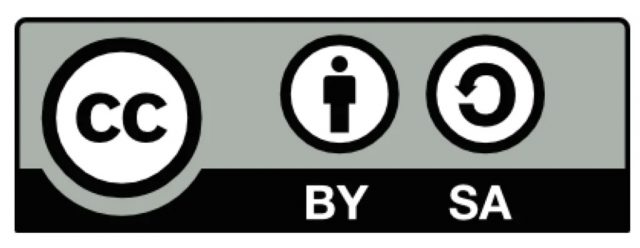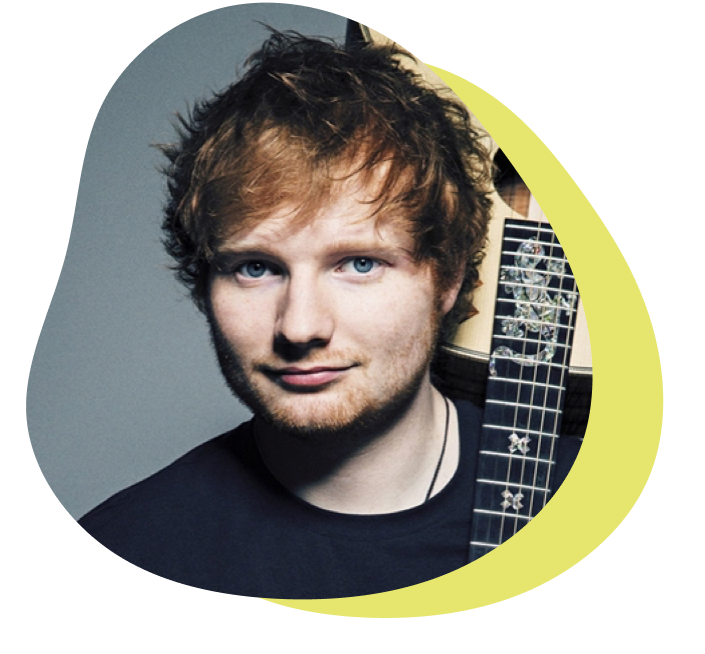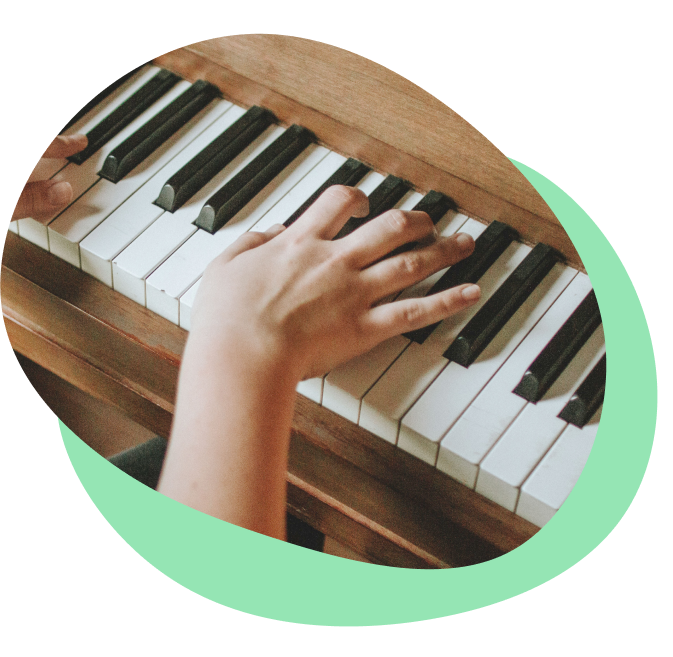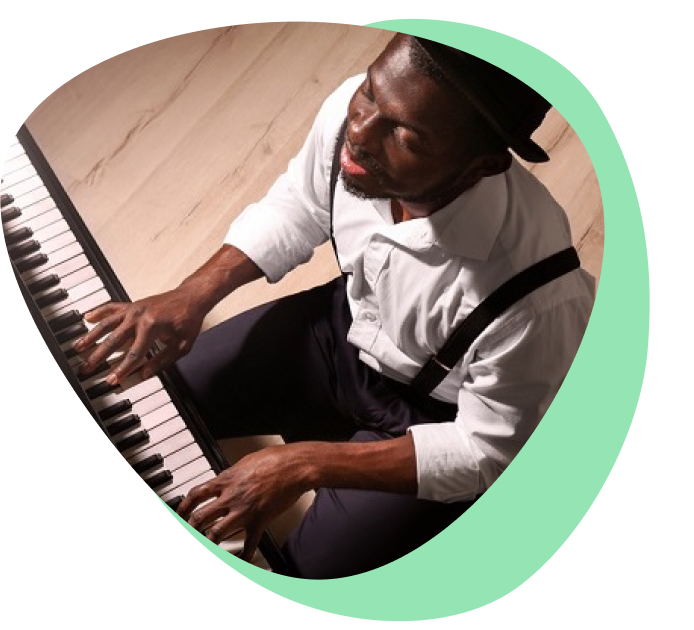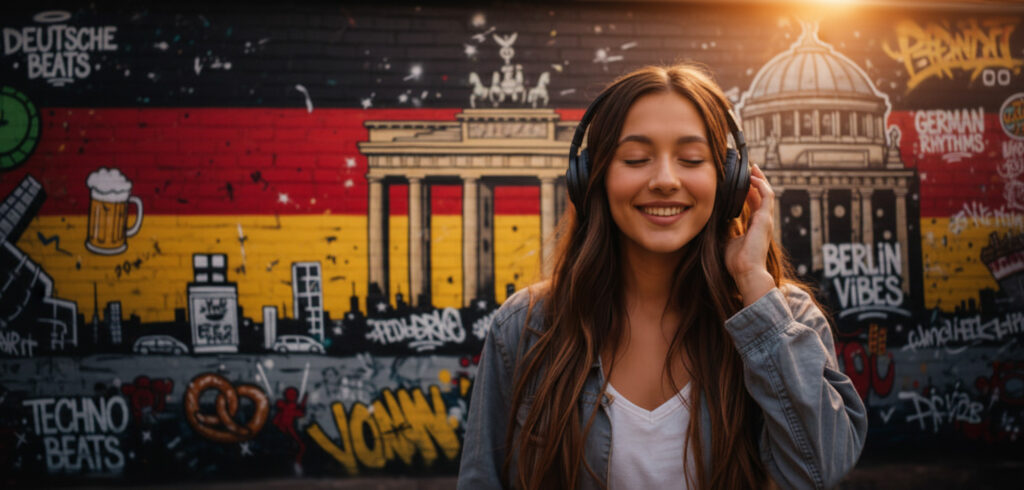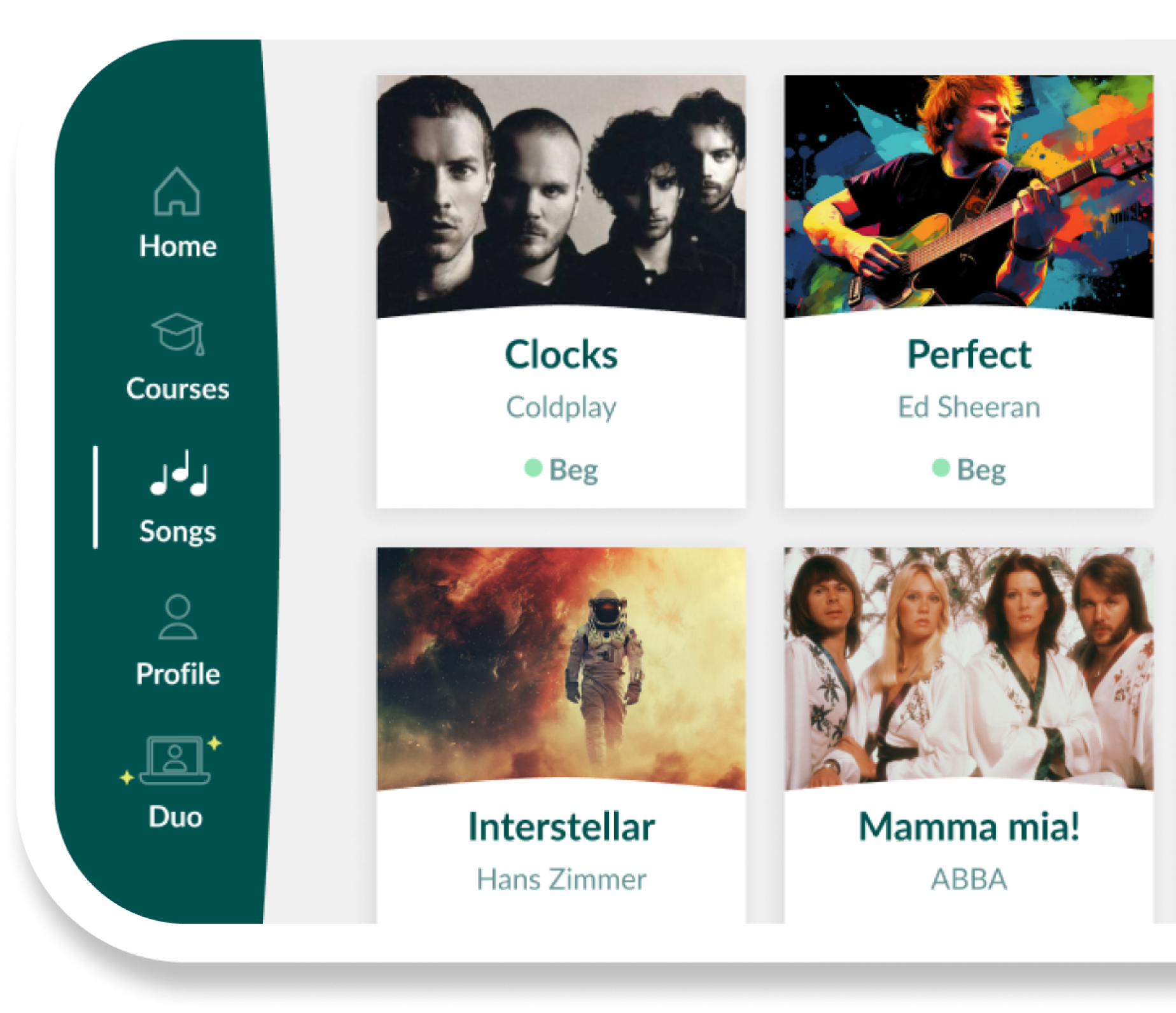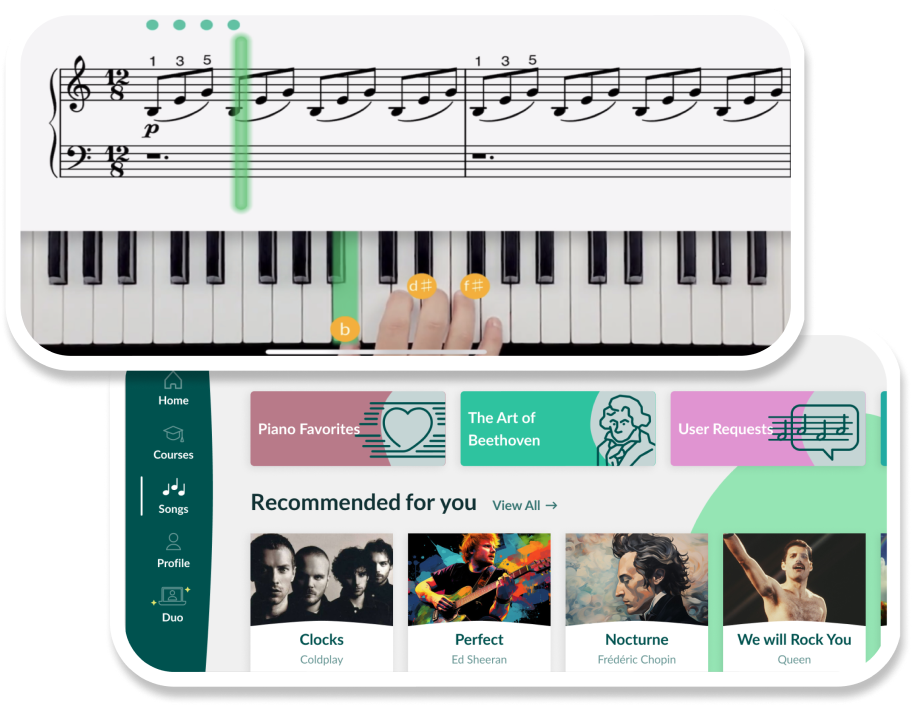Hip-hop has conquered German streaming. Analysis of Spotify’s Top 200 charts reveals that 73% of German artists’ streaming success flows to rappers, while electronic music captures just 12% and traditional rock barely registers at 3%. This shift reflects changing preferences in how Germans engage with local music.
The piano learning app Skoove and data experts DataPulse Research analyzed Spotify’s Top 200 weekly charts across 73 countries over a year. The data shows Germany allocates 48% of its chart positions to local artists, and nearly three-quarters of that domestic success belongs to hip-hop artists like Pashanim, Apache 207, and LACAZETTE.
The numbers behind Germany’s hip-hop hype
Hip-hop artists dominate German streaming with 73% of all local artist success. Electronic music, despite Berlin’s reputation as the techno capital of the world, captures only 12% of German artist streaming. Traditional German rock accounts for less than 3% of domestic streaming activity.
German hip-hop artists succeed by rapping in German about distinctly German experiences, from urban life in Frankfurt and Hamburg to themes around immigration, identity, and social mobility that resonate across the country’s diverse population.
Genre breakdown: German artists on Spotify
Share of streaming success for German artists by genre on Spotify’s Top 200
Hip-Hop/Rap: 73%
Pop: 21%
Electronic/Techno: 12%
Rock/Metal: 3%
Key Finding:
Despite Berlin’s reputation as the world’s techno capital, electronic music represents only 12% of German artist streaming: 6x less than hip-hop.
What this means for German culture
Hip-hop provides a framework for addressing themes that traditional German music rarely touched: immigration stories, urban inequality, and cultural identity in a globalized world.
The success of artists like Pashanim (born to Afghan parents), Apache 207 (with Turkish heritage), and LACAZETTE demonstrates how hip-hop has become the medium through which Germany’s multicultural reality finds its voice. These artists rap in German but draw from experiences that reflect the country’s demographic transformation.

“These results highlight how strongly hip-hop defines Germany’s music culture. For us at Skoove, it’s a call to think about how our catalogue can respond to these shifts, ensuring learners connect with the music that matters most to their generation.”
Global context: Germany’s middle position
In the global context of music streaming patterns, Germany occupies a moderate position on the spectrum of local versus international music consumption, ranking 26th out of 73 countries worldwide. This places Germany almost exactly at the global median, showing neither the strong local preference seen in countries like India and Turkey, nor the pronounced international orientation of smaller markets:
The artists driving Germany's hip-hop boom
Analysis of German artists' performance on Spotify's Top 200 charts shows that 73% of local streaming success flows to hip-hop and rap artists:
Germany's Music Landscape: Local Heroes vs Global Stars
The 15 artists who dominated Germany's streaming in 2024-2025, ranked by their share of Spotify's Top 200 charts
German Artists
International Artists
Pashanim • Hip-Hop
2.0%
Linkin Park (US) • Rock
1.8%
Jazeek • Hip-Hop
1.6%
AYLIVA • Pop
1.6%
LACAZETTE • Hip-Hop
1.5%
Billie Eilish (US) • Pop
1.3%
Apache 207 • Hip-Hop
1.3%
Luciano • Hip-Hop
1.1%
Zartmann • Indie/Hip-Hop
1.1%
Ski Aggu • Hip-Hop
1.1%
Nina Chuba • Pop/Hip-Hop
1.0%
Amo • Hip-Hop
0.9%
Playboi Carti (US) • Hip-Hop
0.8%
Bruno Mars (US) • Pop/R&B
0.8%
Bausa • Hip-Hop/Pop
0.8%
The leading German artists on Spotify demonstrate hip-hop's market dominance: Pashanim accounts for 2.0% of all German streaming activity, while Jazeek (1.6%), AYLIVA (1.6%), LACAZETTE (1.5%), and Apache 207 (1.3%) complete the top five. This concentration shows hip-hop's significant presence in the German streaming market.
This concentration contrasts with other German musical traditions. Electronic music accounts for 12% of German artist streaming despite Berlin's prominent club scene. Rock and metal genres represent less than 3% of domestic streaming activity, while traditional Schlager music captures 0.3% of German artist consumption on the platform.
Regional variations in German music consumption
Listening preferences vary across German cities and reveal surprising patterns in how local music consumption differs from region to region:
The data reveals interesting contrasts: Stuttgart, known for automotive engineering, leads in local music consumption at 51%. Hamburg maintains its position as a cultural hub at 49%. Even Berlin, despite its international reputation, dedicates 43% of its streaming to German artists, more than Munich's 38%.
Germany in European perspective: The middle path
Germany's streaming patterns provide insight into the relationship between language populations and local music support. Despite German being spoken by over 130 million people globally, Germany demonstrates lower local music support compared to countries with similar or smaller language communities:
- Italy (83% local): 85 million Italian speakers worldwide
- France (60% local): 280 million French speakers worldwide
- Poland (64% local): 50 million Polish speakers worldwide
- Germany (48% local): 130+ million German speakers worldwide
These data indicate that language population size alone does not determine musical preferences. Factors including English language proficiency, cultural integration patterns, and exposure to international media likely influence streaming behavior beyond linguistic considerations.
The broader implications: Cultural patterns
Germany's hip-hop popularity represents more than just changing musical tastes; it reveals how the country processes its contemporary identity. The success of German-language rap provides a framework for addressing social realities that traditional German music rarely explored: urban diversity, immigration experiences, and generational change.
- Language matters: German rappers succeed by rapping in German about German experiences, proving local relevance beats international imitation
- Generational divide: While older generations attend rock concerts and techno clubs, streaming data shows young Germans live in a hip-hop world
- Cultural evolution: Hip-hop has become the medium through which young Germans process immigration, identity, and social mobility
The paradoxes revealed:
- Berlin's techno myth: The "techno capital of the world" barely registers electronic music in its streaming; club culture doesn't translate to daily listening
- Munich's contradiction: Bavaria's traditional stronghold embraces international music more than any German city; tradition and streaming habits diverge completely
- Rock's disappearance: Legendary acts like Herbert Grönemeyer and Udo Lindenberg combined have less streaming impact than a single young rapper
The shift from physical venues to streaming platforms fundamentally changes how artists build their careers. Scottish musician Graeme Clark from Wet Wet Wet reflects on this transformation from a veteran's perspective:

"The game has completely changed. It used to be about building a following, town by town, with your sound echoing in local clubs. Now, the echo chamber is a global playlist. You're not trying to win over a city anymore; you're trying to please an algorithm. It's a fantastic way to reach the entire world, but you have to wonder what unique sounds get lost in that global translation."
Hip-hop as Germany's musical language
The data tells a clear story: hip-hop has become Germany's dominant form of musical expression, reflecting urban life, immigration, and identity. With 73% of German artist streaming success, rap has evolved from a foreign import to the primary vehicle through which Germans process their contemporary experience.
While Berlin's techno clubs make international headlines, German streaming habits reveal a different reality: one where urban experiences, multicultural identity, and social commentary find their voice through hip-hop beats and German lyrics.
Germany's position as the 26th country globally for local music support reflects how the country balances openness to international influences while developing a distinctly German form of global music, proving that authentic local expression can thrive within universal formats.
The data indicates that sustainable international competitiveness requires strong domestic market performance. German artists currently maintain competitive position in approximately half of their home market, suggesting both achievement and opportunity for growth.
Methodology
The study analyzed data from the top 200 songs streamed weekly on Spotify across all 73 countries where Spotify publishes Top 200 charts. The data covers every week from May 23, 2024, to July 10, 2025.
We analyzed chart performance using a points system: The No. 1 song received 200 points, No. 2 received 199 points, and so on. This allows us to weight chart position appropriately - a #1 hit counts more than a #200 track. The percentages shown throughout this report represent each country's or artist's share of total points, which effectively measures their share of Top 200 streaming activity weighted by chart position.
For songs with multiple artists, every artist on the track received the full points for that rank. For example, if a number one song featured three artists, each of those three artists was awarded 200 points.
Artists were analyzed by their country of origin, not the location of their record label, agents, or other business affiliations.
For complete details on our data collection and analysis methods, read the full methodology here.
Study by: Skoove & DataPulse Research
Edited by: Susana Pérez Posada

With over seven years of piano education and a deep passion for music therapy, Susana brings a unique blend of expertise to Skoove. A graduate in Music Therapy from SRH Hochschule Heidelberg and an experienced classical pianist from Universidad EAFIT, she infuses her teaching with a holistic approach that transcends traditional piano lessons. Susana's writings for Skoove combine her rich musical knowledge with engaging storytelling, enriching the learning experience for pianists of all levels. Away from the piano, she loves exploring new places and immersing herself in a good book, believing these diverse experiences enhance her creative teaching style.
Feel free to use this content
This content, including images and data visualizations, is licensed under a Creative Commons Attribution-ShareAlike 4.0 International License. You are free to share, copy, redistribute, adapt, remix, and transform the material for any purpose, even commercially, as long as you provide proper attribution. Please credit and link to: Skoove.com when using any part of this content.
